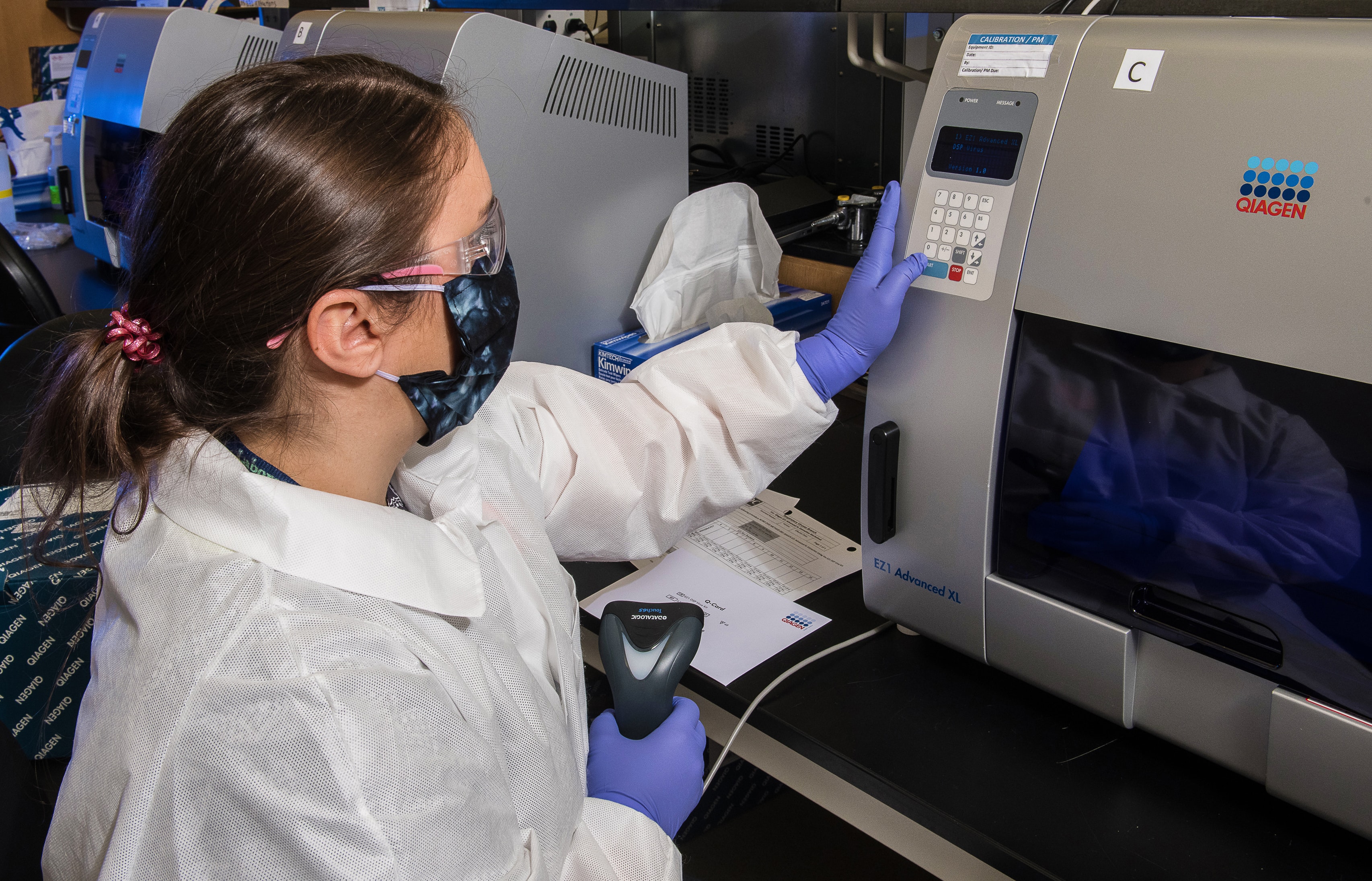Preventive Healthcare
Epilepsy: Symptoms, Types, Risks and Treatment

Table of Contents
What is Epilepsy?
Unusual brain activity that causes seizures or episodes of abnormal behavior, sensations, and even loss of consciousness characterizes the neurological illness of epilepsy.
Different Types of Epilepsy
Based on the following descriptions of seizures, there are four types of epilepsy:
- Generalized epilepsy.
- Localized epilepsy.
- Both generalized and focal.
- Unknown if the epilepsy is generalized or focal.
What is The Difference Between an Epileptic Seizure And an Epileptic Attack?
Your brain communicates with your body through neurons or nerve cells. They accomplish this by systematically producing electrical impulses. A sudden surge in this electrical activity can cause a seizure. Numerous neurons simultaneously generate disordered electrical impulses, which results in unmanageable, short symptoms of attacks.
When a person experiences two or more seizures, they are diagnosed with epilepsy. Seizures can manifest in various forms, and multiple attacks can occur in someone with epilepsy.
Symptoms of Epilepsy
The particular symptoms depend on the type of seizure. Since a person with epilepsy often has the same kind of seizure every attack, the symptoms will remain similar from episode to episode.
Doctors often classify seizures as either focal or generalized depending on how and where the abnormal brain activity begins. Among the warning indicators and symptoms of an epileptic attack are the following:
- Disorientation.
- A moment of focus.
- Stiff muscles.
- Uncontrollable, jerky movements of arms and legs.
- Loss of consciousness or awareness.
- Psychological symptoms such as anxiety or panic.
Different Types of Tests For Determining The Type of Epilepsy
A study of the symptoms and medical history is the first step for a diagnosis, followed by the tests your doctor will advise.
The tests listed below diagnose epilepsy:
- Blood tests help look for signs of problems with your liver or kidneys, which can sometimes be associated with certain types of epilepsy.
- Magnetic resonance imaging (MRI) uses magnetic waves and computer technology to create detailed images of your brain. An MRI can help identify signs of damage or abnormalities in your brain associated with epilepsy.
- (EEG) Electroencephalogram uses electrodes affixed to your scalp using a paste-like substance or cap. The electrodes capture your brain's electrical activity. Even when you are not experiencing a seizure, it's usual for people with epilepsy to have variations in their typical brain wave patterns.
- High-density EEG test identifies the parts of the brain impacted by seizures by placing electrodes closer together than in a traditional EEG.
- Computerized tomography (CT) scan is to obtain cross-sectional images of the brain using X-rays to look for structural abnormalities in the brain that could cause seizures, tumors, bleeding, cysts, and related issues.
- Functional MRI (fMRI) is performed before surgery to pinpoint the precise locations of vital functions, such as speech and movement, so surgeons can avoid damaging those areas while operating.
- Positron emission tomography (PET) uses a small quantity of low-dose radioactive material injected into a vein to help view the metabolic activity of the brain and find anomalies.
- Single-photon emission computed tomography (SPECT) detects the brain region that MRI and EEG cannot. A small dosage of low-dose radioactive material is injected into a vein to build a 3D map of the blood flow activity in your brain during seizures.
- The neuropsychological test employs a neurological examination that comprises behavioral, motor, and mental function tests to identify the epilepsy type and evaluate the speech, behavior, memory, reasoning skills, and cognitive functioning of your brain.
Your doctor may combine several analysis techniques with the test data to determine the location in the brain where the seizures begin:
- Statistical parametric mapping (SPM) can help clinicians determine where seizures start By comparing brain regions that experience increased blood flow during attacks when compared to unaffected brains.
- Electrical Source Imaging (ESI) uses technology on an MRI of the brain by projecting EEG data onto the image, allowing clinicians to observe where attacks happen.
- Magnetoencephalography (MEG) examines the magnetic fields generated by brain activity to pinpoint possible seizure onset regions.
What are The Risks and Benefits of Tests?
Epilepsy testing can help diagnose the condition and determine the best course of treatment. However, there are also risks associated with epilepsy testing, including the potential for false positive and false negative results.
- False positive: Test results indicate that a person has epilepsy when they do not have the condition.
- False negative: Test results show that a person does not have epilepsy when they do have the condition.
Epilepsy Treatment
Although epilepsy has no known cure, advancements in therapy have made it possible for most patients to control their seizures. Typically, finding the proper medication or an anti-epileptic drug (AED) is the initial step in treatment.
If seizures persist, other therapy such as devices, dietary regimens, or surgery may be able to manage them.
1. Medicine
Numerous medications can either halt or prevent seizures. About 70% of persons with epilepsy successfully reduce seizure episodes with medication.
2. Surgery
Consider epilepsy surgery if your seizures are uncontrollable and persistent. New epilepsy surgical possibilities have emerged due to scientific and technological advancements.
3. Nutritional Therapies
Special diets can also aid in seizure control. The four most popular diets are ketogenic, modified Atkins, low glycemic, and medium-chain triglyceride (MCT).
4. Alternative Therapies
The drugs or procedures doctors and other mainstream healthcare practitioners typically recommend are distinct from complementary health practices. These include natural remedies like cannabis for medical purposes or mind-body exercises like yoga.
5. Rescue Therapies
Certain medications can immediately stop seizures and avert dire circumstances. These drugs function swiftly in the brain after quickly entering the bloodstream.
6. Therapeutic Trials
For people seeking more therapeutic alternatives, clinical trials offer another choice. To discover novel seizure treatments, researchers require volunteers.
7. Seizure Devices
While some people may benefit from medications and surgery, others could find device treatment, such as small electric currents sent to the neurological system by seizure devices. These alter brain cells' behavior and aid in their return to normal.
8. Centers for Epilepsy
A specialized section offering complete care for persons with epilepsy is an epilepsy center. Specialists at epilepsy centers are experts in identifying, assessing, and managing epilepsy.
Conclusion
Anyone who has epilepsy must consult a doctor. It is best to seek medical expert advice if a symptomatic episode occurs. If your primary healthcare provider suspects epilepsy, they will direct you to a neurologist specializing in epilepsy evaluation for further treatment.
We hope you benefited from our post on epilepsy. Contact your doctor to learn more about the different tests and what to expect.


























